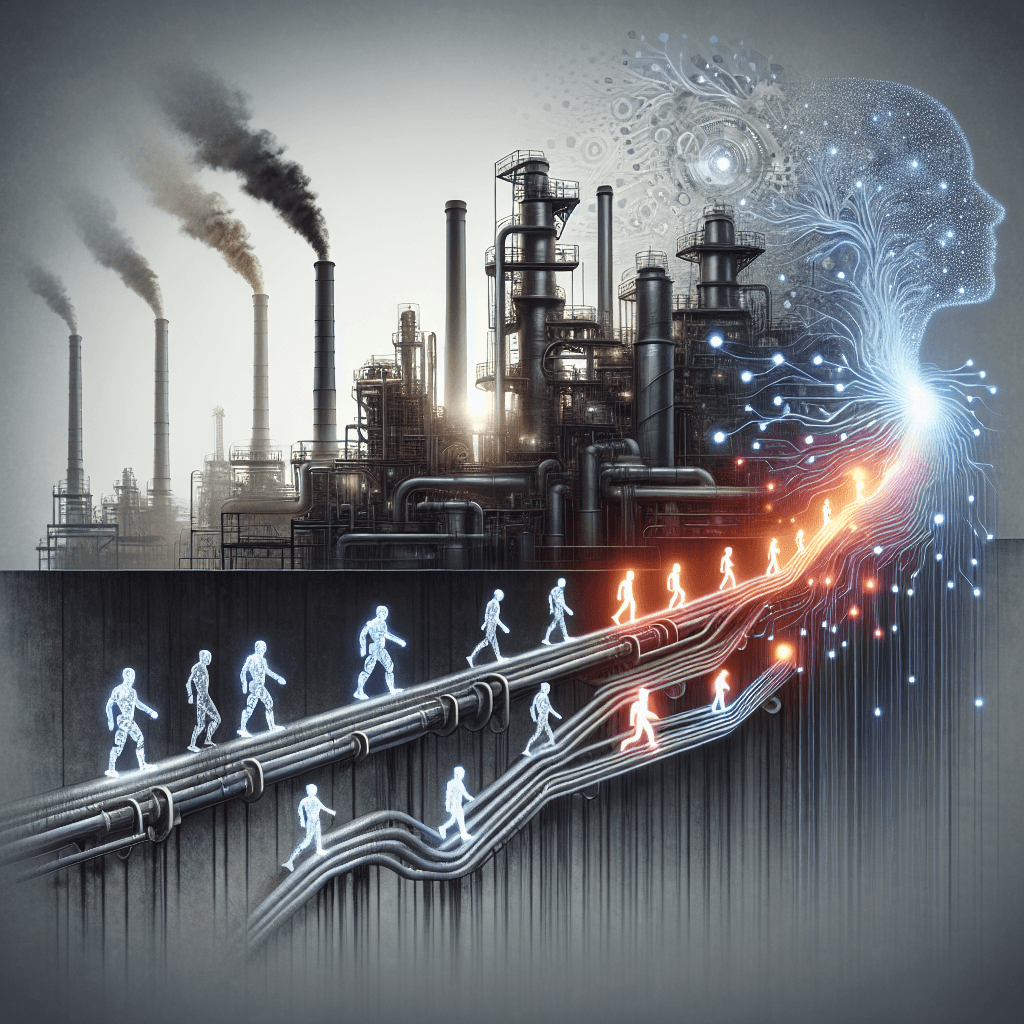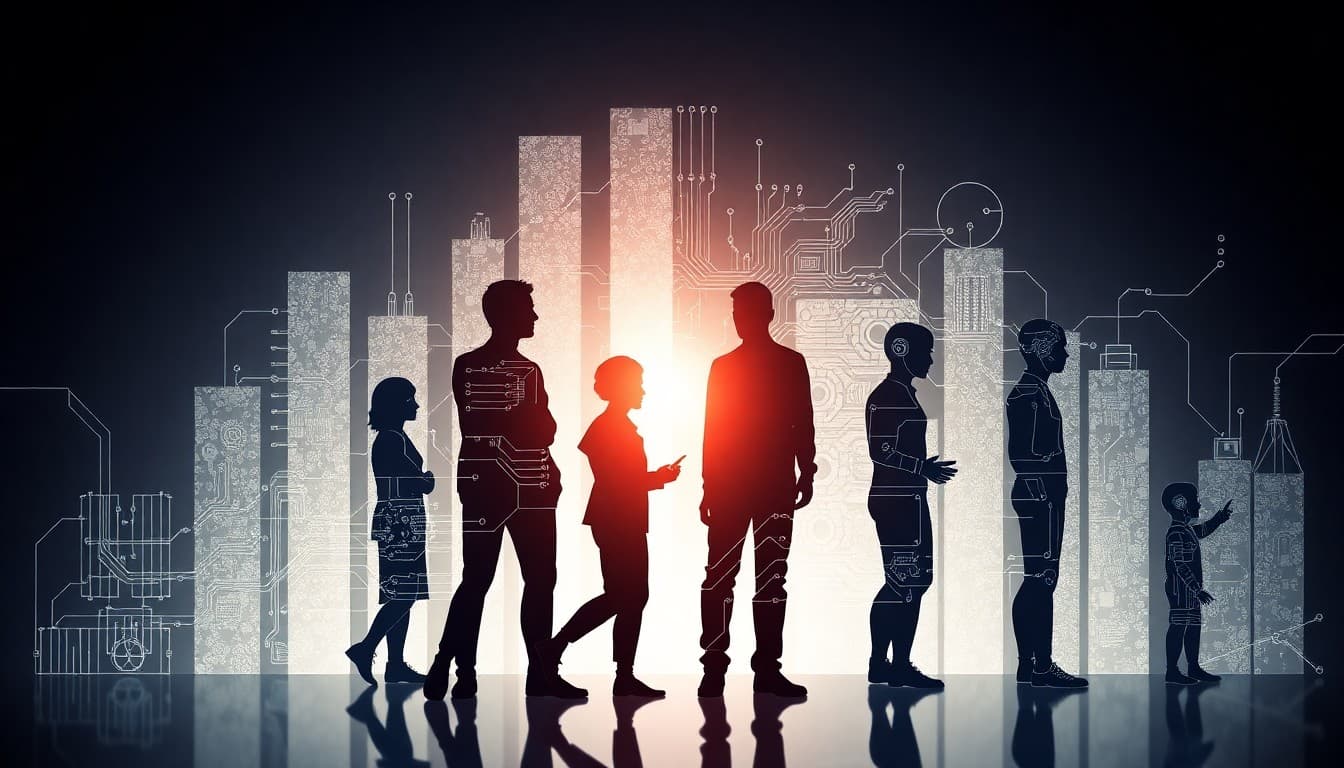Breaking news and analysis of the latest AI developments and their impact on industries

A balanced, data-driven look at how AI is reshaping the job landscape in 2025—driving productivity, enabling new roles, and prompting retraining, while sparking concerns about displacement and inequality. The piece synthesizes insights from finance, tech, education, and policy to outline practical steps for workers, firms, and policymakers.
Read Full StoryA cross-industry look at AI’s evolving role in the workforce in 2025: AI augments human skills, prompts new governance roles, and reshapes labor across IT services, media, manufacturing, and policy—calling for urgent upskilling and thoughtful workplace design.
Today's AI-and-jobs coverage paints a nuanced picture: caution about hidden costs and retraining needs sits alongside signals of global talent shifts and governance-enabled automation. This feature threads these threads into a coherent view of how AI is reshaping work—both creating opportunities and exposing new vulnerabilities.
AI is reshaping employment through a mix of job creation, displacement, and new skill demands. From UK AI hubs generating thousands of roles to bank and telecom sectors adopting agentic AI, today’s developments underscore a workforce in transition: the need for reskilling is urgent, and opportunities are increasingly tied to how quickly workers and organizations adapt to AI-enabled workflows and governance.

In 2025, AI is reshaping employment, first impacting service jobs, accelerating workforce turnover, and transforming skills requirements. This post explores key developments, emerging trends, and strategies to adapt in this evolving landscape.
Read More
A detailed look at how AI is transforming employment, outlining both the challenges of white-collar job losses and the promising avenues of reskilling and new roles emerging in an evolving economy.
Read More
AI's rapid evolution continues to reshape employment in 2025, presenting both opportunities for innovation and challenges in workforce displacement. Key trends include automation-driven job loss, strategic upskilling initiatives, and emerging AI roles, prompting a need for balanced policy and proactive adaptation.
Read More
In 2025, AI continues to reshape employment, with significant layoffs, demographic shifts, and new platforms transforming hiring and leadership. Navigating this fractured landscape requires agility, reskilling, and strategic foresight.
Read More
AI’s integration into the workforce in 2025 is transforming industries, demographics, and job roles. While automation boosts efficiency, it also presents significant challenges in displacement and skill gaps. This article explores these trends and the path forward.
Read More
2025 reveals a complex picture of AI's influence on employment: mass layoffs, sector transformations, and the emergence of new roles. This overview explores how technology companies are reshaping the workforce, presenting both challenges and opportunities.
Read More
As AI advances rapidly, the job market faces unprecedented shifts, with predictions of massive displacement balanced by efforts toward retraining and innovation. This post explores the emerging trends, challenges, and opportunities shaping employment through 2027.
Read More
Exploring how AI’s rapid integration into various industries is transforming employment patterns, creating new opportunities while posing significant challenges for workforce adaptation and resilience.
Read More
Exploring how AI's accelerating adoption in 2025 is transforming job roles, creating new opportunities, and posing unique challenges for the workforce.
Read MoreGet the latest AI news and analysis delivered to your inbox